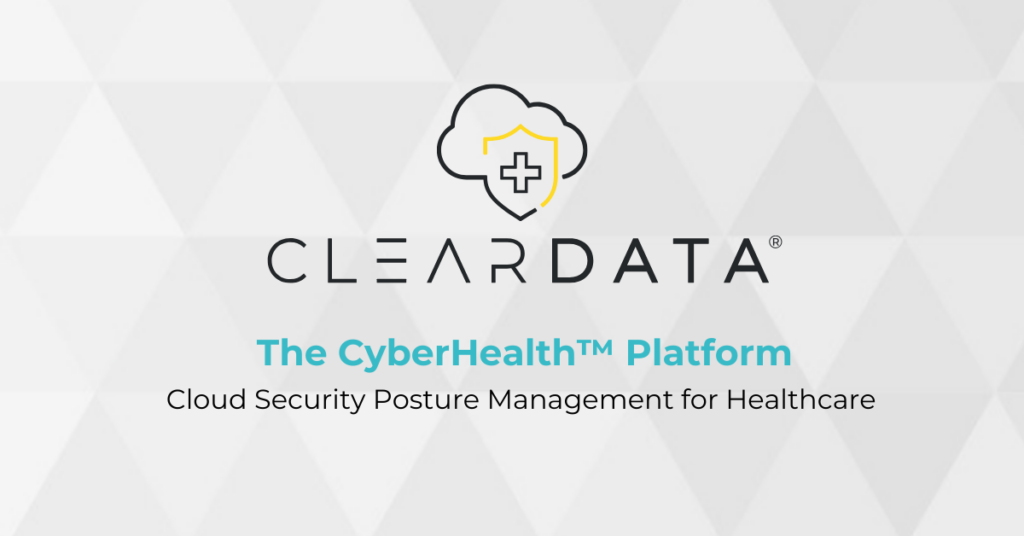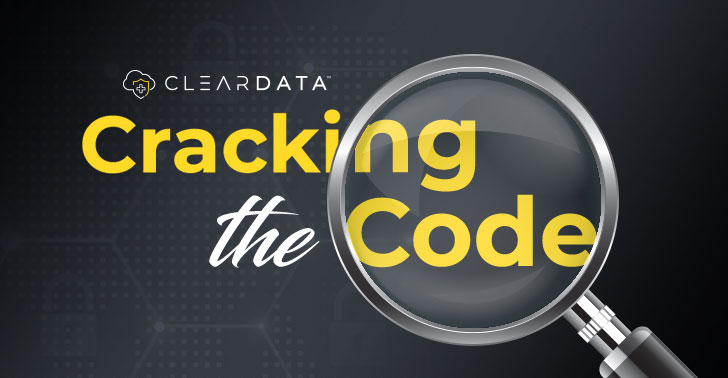Healthcare Cloud Security Posture Management (CSPM) Solutions: Your Buyer’s Guide

Healthcare organizations are navigating growing complexities in cloud environments, making robust cloud security posture management (CSPM) an indispensable tool. This guide provides a comprehensive overview of CSPM, highlighting its importance, functionality, and benefits, while offering practical recommendations for improving cybersecurity and maintaining compliance with healthcare regulations.
What Is Cloud Security Posture Management (CSPM)?
Cloud Security Posture Management (CSPM) solutions are designed to provide continuous visibility, security compliance, and threat detection within cloud infrastructures. For healthcare organizations, which manage a vast amount of sensitive patient data, CSPM offers a purpose-built solution to enhance their security posture while meeting the unique challenges of the healthcare sector.
CSPM solutions collect data across various cloud platforms used within a healthcare organization. They then analyze this data to identify compliance drifts and security risks, using advanced algorithms to pinpoint potential threats. For instance, if a misconfiguration is detected that could expose patient data, the CSPM system alerts the security team with specific details about the vulnerability and suggested remediation steps. This proactive approach ensures that healthcare providers can address risks before they escalate into breaches.
How Does CSPM Work?
CSPM operates by continuously scanning cloud environments to detect misconfigurations, vulnerabilities, and non-compliance issues. It integrates with cloud service providers to provide actionable insights across multi-cloud and hybrid architectures. Key functionalities of CSPM solutions include:
- Automated Configuration Checks: Recommends adjustments for settings that don’t align with security benchmarks.
- Risk Prioritization: Highlights critical vulnerabilities based on their potential impact.
- Real-Time Alerts and Notifications: Proactively warns users of risks or breaches.
- Compliance Management: Maps configurations to frameworks like HIPAA and HITRUST, simplifying audits.
For example, a CSPM solution might flag an exposed database that contains sensitive patient records, providing immediate steps to lock it down.
Benefits of Cloud Security Posture Management for Healthcare
Healthcare organizations manage an immense volume of sensitive data, making them a significant target for cyberattacks. Cloud Security Posture Management enables healthcare organizations to implement strong security controls and meet compliance requirements to protect against data breaches. Key benefits include:
- Reduce Security Risks: Healthcare cloud environments are prone to misconfigurations, which serve as entry points for attackers. CSPM solutions help eliminate these gaps before they result in breaches.
- Continuous Compliance Monitoring: CSPM tools automate the compliance monitoring process, ensuring that healthcare organizations meet the requirements of HIPAA, HITRUST, HITECH, and other relevant healthcare regulations. This continuous monitoring helps avoid costly penalties and protects patient information.
- Improve Incident Response: CSPM solutions offer real-time monitoring and alerts, enabling healthcare organizations to quickly identify and respond to potential threats before they escalate.
- Optimize Cloud Costs: By providing visibility into cloud environments, CSPM tools help healthcare organizations detect and eliminate unused or misconfigured resources, reducing unnecessary costs.
- Proactive Risk Mitigation: With real-time monitoring, healthcare organizations can address vulnerabilities before they escalate into security incidents. For example, CSPM can alert administrators about improperly configured access control settings, which pose a significant risk in shared cloud environments.
- Enhanced Operational Efficiency: By automating security assessments and compliance reporting, CSPM reduces the manual burden on IT teams, enabling them to focus on more strategic initiatives.
- Visibility Across Cloud Environments: With CSPM, healthcare organizations gain comprehensive visibility into their cloud assets. This visibility is essential for managing cloud resources effectively and identifying misconfigurations that could lead to security vulnerabilities.
- Cost Savings: Prevention is more cost-effective than remediation. By addressing security gaps early, CSPM helps healthcare organizations avoid the financial and operational fallout of data breaches.
- Automation and Efficiency: By automating routine security tasks, CSPM solutions help healthcare cybersecurity teams manage their limited resources more efficiently, allowing them to focus on more strategic security initiatives.
How Cloud Security Posture Management Aligns with HIPAA and HITRUST
Healthcare organizations must comply with rigorous standards to protect patient data. CSPM aligns closely with these frameworks, offering built-in features like:
- HIPAA Compliance: Monitors for violations of encryption and access control requirements stated in HIPAA Security Rule.
- HITRUST Alignment: Maps cloud configurations to HITRUST’s 19 control domains, streamlining both implementation and validation.
For instance, a healthcare organization using CSPM can generate compliance evidence for a HIPAA audit in minutes, ensuring no critical security lapses remain unaddressed.
Recommended Cloud Security Posture Management Best Practices
To maximize the value of CSPM, healthcare organizations should follow these best practices:
- Implement Real-Time Monitoring: Select a CSPM tool that continuously monitors your cloud systems for immediate risk detection and resolution.
- Integrate CSPM with Broader Security Strategies: Combine CSPM with tools like managed detection and response (MDR) to create a more holistic security framework.
- Prioritize Compliance: Regularly update your CSPM tool’s compliance settings to ensure they reflect the latest HIPAA and HITRUST standards.
- Train Staff and Stakeholders: Educate your IT teams on how CSPM integrates with existing security operations and its role in risk mitigation.
What are Your Colleagues Looking For?
Healthcare cybersecurity leaders searching for cloud security posture management solutions that enhance their organization’s security posture, ensure compliance with healthcare regulations, and protect patient data. Organizations that prioritize both compliance and security can minimize expenses and save time by proactively addressing misconfigurations. Over two-thirds of organizations that transition to continuous compliance experience enhanced cloud benefits such as cost savings, faster market strategies, and better patient care.
Strengthening Cybersecurity with CSPM
The evolving threat landscape and growing regulatory expectations make CSPM an essential investment for healthcare organizations operating in the cloud. By proactively identifying risks, enabling continuous compliance, and protecting sensitive data, CSPM tools offer a critical layer of defense in securing healthcare environments.
To enhance your organization’s cybersecurity measures and compliance efforts, consider the following actionable steps:
- Regularly audit your cloud configurations using CSPM tools.
- Use automated compliance reporting to meet regulatory standards with ease.
- Integrate CSPM solutions with broader security tools like MDR and security information and event management (SIEM) for comprehensive protection.
- Periodically review and adjust your cloud security policies to account for new risks and frameworks.
Proactively managing cloud security through robust CSPM strategies ensures that healthcare organizations not only meet compliance standards but also build a resilient defense against emerging threats.
Discover how CSPM can revolutionize your healthcare security—speak with a healthcare cybersecurity expert today.
FAQ
What is cloud security posture management?
CSPM works by continuously auditing cloud environments. It identifies vulnerabilities, prioritizes remediation efforts, and ensures that the environment complies with security frameworks. The system then provides administrators with actionable guidance to minimize risks.
How does CSPM work?
CSPM works by continuously auditing cloud environments. It identifies vulnerabilities, prioritizes remediation efforts, and ensures that the environment complies with security frameworks. The system then provides administrators with actionable guidance to minimize risks.
Why is CSPM important?
CSPM is crucial for maintaining secure, compliant, and efficient cloud systems. It eliminates misconfigurations, ensures regulatory adherence, and boosts an organization’s ability to defend against increasingly sophisticated cyberattacks.
Unlock the power of CSPM technology for your organization.



